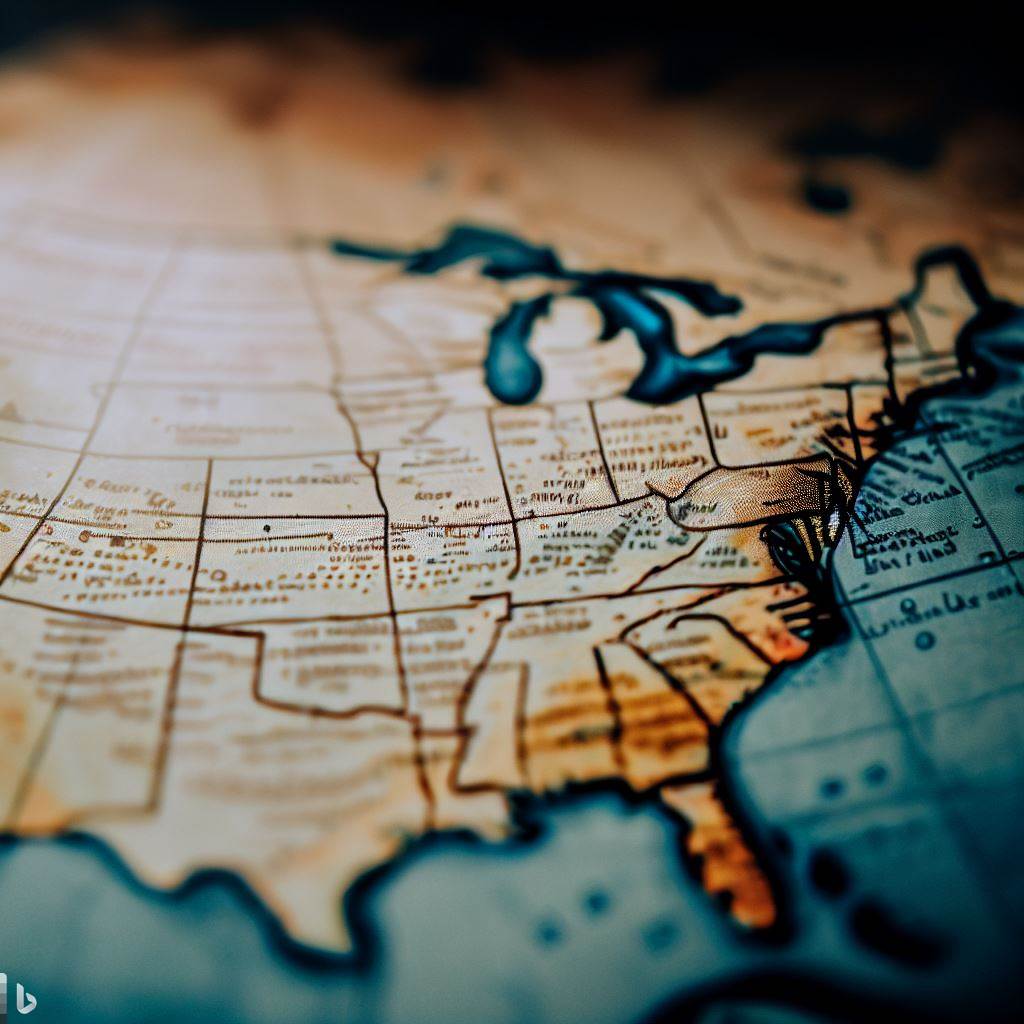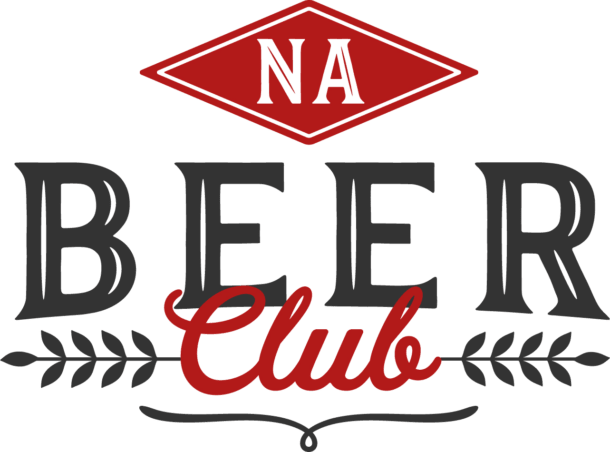Navigating the world of beer can be a complex task, especially when it comes to understanding the terms “Non-Alcoholic” vs “Alcohol-Free” beer.
These terms, while often used interchangeably, have distinct meanings that vary depending on the region.
Let’s explore the differences between the two terms and when and where you may hear them.

Legally Speaking: Non-Alcoholic vs Alcohol-Free Beer
USA
In the United States, there is actually a law written to differentiate between the two words.
According to the ATF’s Tobacco Tax and Trade Bureau (TTB), the term “non-alcoholic” should be used to label beers (or “malt beverages” as they say) that contain less than 0.5% ABV.
Right after, they state that the term “Alcohol-Free” can be labeled on malt beverages only if they contain no alcohol, or 0.0% ABV.
(e) Non-alcoholic. The term “non-alcoholic” may be used on labels of malt beverages only if the statement “contains less than 0.5 percent (or .5%) alcohol by volume”
…
(f) Alcohol free. The term “alcohol free” may be used only on malt beverages containing no alcohol. No tolerances are permitted for “alcohol free” malt beverages.
In order to qualify for the label “alcohol-free”, breweries must send in samples to the TTB to be approved.
Europe (and the UK)
The same legal distinction mostly applies throughout most places in Europe.
However, the UK has pretty different rules.
The UK’s Department of Health & Social Care has more clear guidelines on when to, and when not to, use the terms.
The law states that you cannot label something that is commonly associated with an alcoholic beverage as “non-alcoholic”. Therefore, you cannot label beer as “non-alcoholic”.
Non-alcoholic – this should not be used in conjunction with a name commonly associated with an alcoholic drink…
“Alcohol-free”, however, is reserved for beverages that contain less than 0.05% ABV (notice the extra zero in between the 0 and the 5).
Alcohol free – this should only be applied to a drink from which the alcohol has been extracted if it contains no more than 0.05% abv…
Then what about beverages that contain under 0.5% ABV? Is the threshold just that much lower in the UK than in the US?
They actually have a specific term for beers with an ABV of 0.5%. They call it “De-alcoholised“.
De-alcoholised – this term should only be applied to a drink from which the alcohol has been extracted if it contains no more than 0.5% abv and the product should also include an indication of its alcoholic strength

Regional Usage
Depending on where you live, you may hear the terms “non-alcoholic” or “alcohol-free” beer used more often than the other in casual conversation.
Different regions use these two terms more often when referring to beer that contains little to no alcohol, typically an ABV of under 0.5%.
Particularly, you’re more likely to hear the term “Alcohol-Free” in various parts of Europe.
While in the United States and Canada, you may hear the term “Non-Alcoholic” used more often instead.
Take, for example, Brewdog’s line of non-alcoholic beers. They use the naming scheme “AF” as a play on words to refer to both “alcohol-free” and “as f***“.
While Brewdog has a large presence in the United States, they are actually based out of Scotland. In the US, their beer is legally a “non-alcoholic” beer, however, since they have European roots, they refer to their beer as “alcohol-free” or “AF”.
Here at NA Beer Club, we use the initials “NA” to refer to the various non-alcoholic beers that we allow people to discover and sample. Even though the beers our customers receive could have either a 0.5% ABV or a 0.0% ABV, we generally refer to all of them as “NA beers”.

